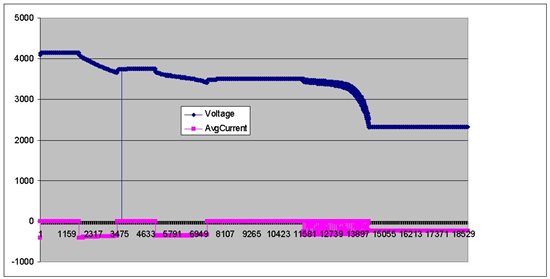I am just starting to use a BQ27510EVM. Do I need to connect a charger or a power supply and a fresh discharged battery for it tto start the learning cycle?
-
Ask a related question
What is a related question?A related question is a question created from another question. When the related question is created, it will be automatically linked to the original question.


